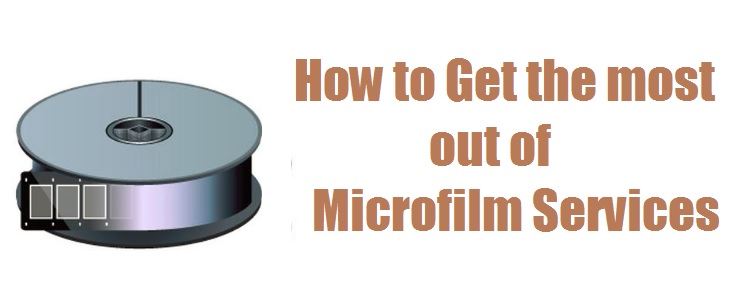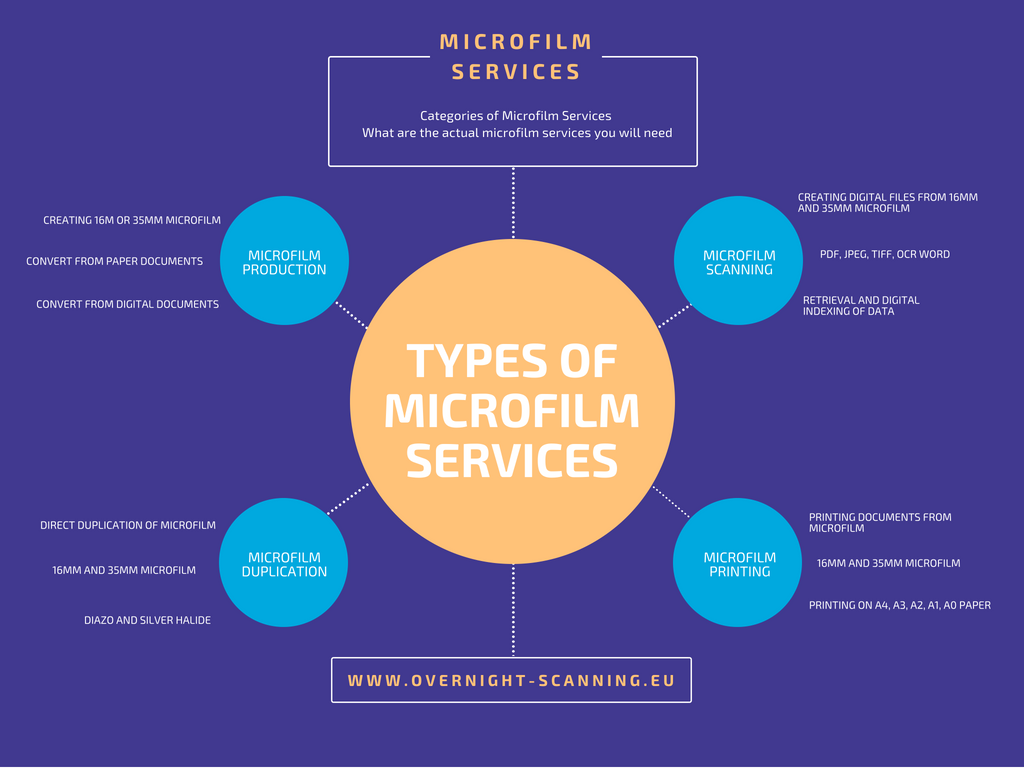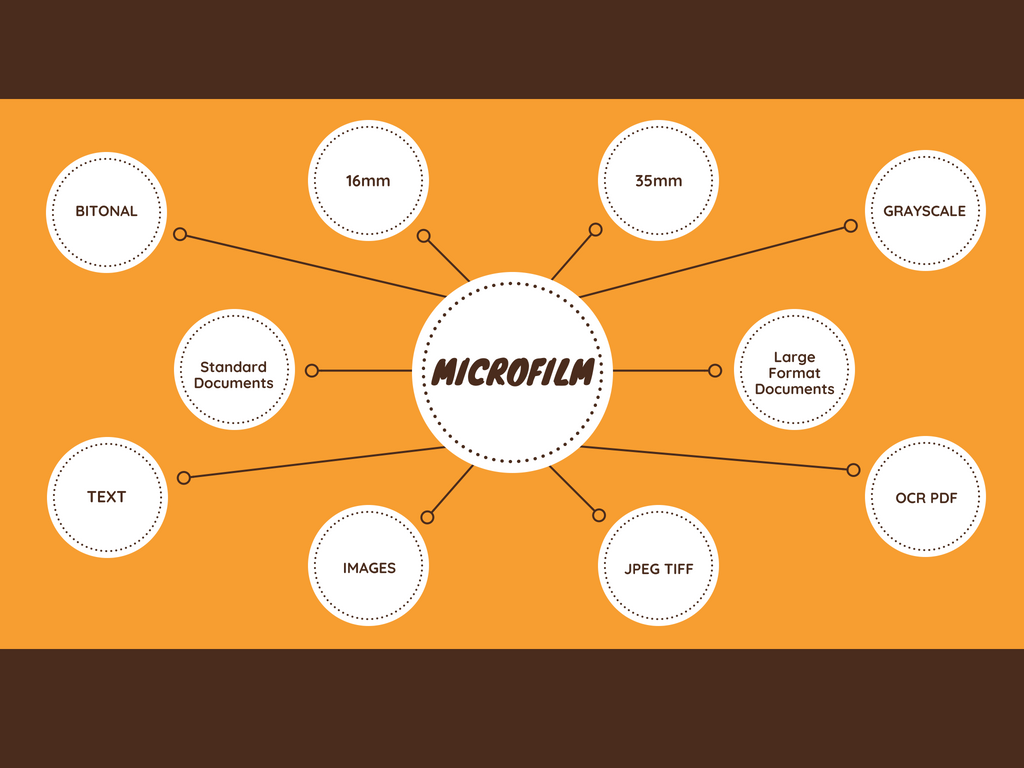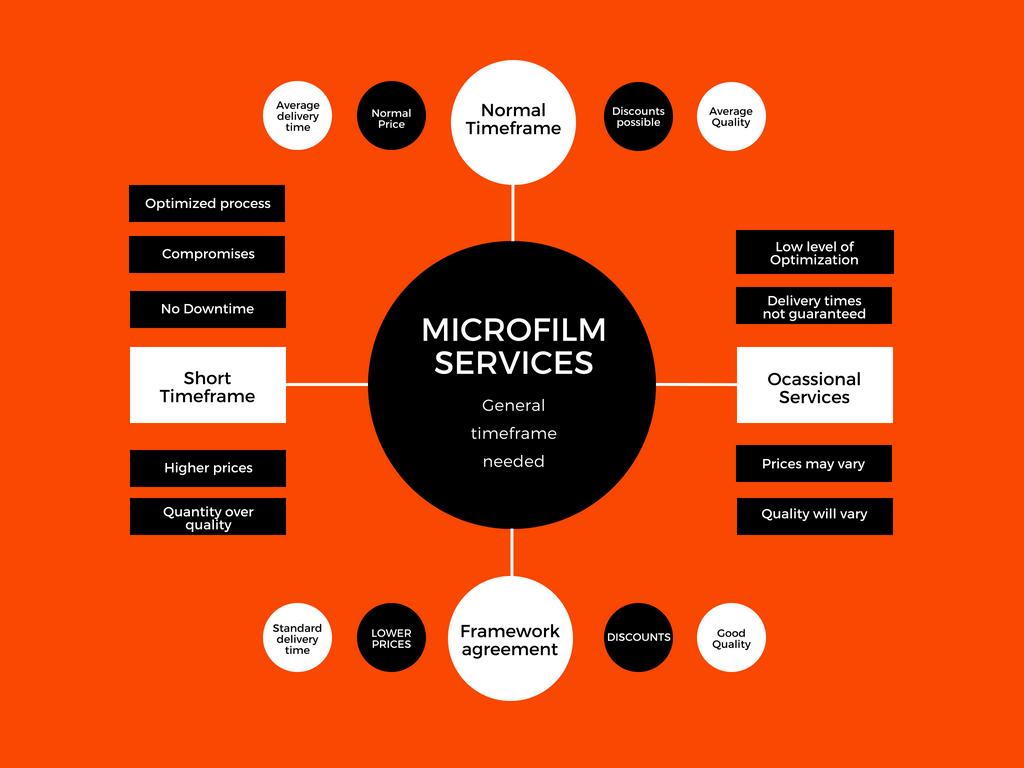Have you ever needed microfilm services and thought to yourself where should I go for these?
To get the most out of your microfilm services, you need to have a bit of background into microfilm and the microfilm industry. It will be easier to communicate with the service providers, and in the end, you will get better results.
We will go directly to the subject and show you each tip separately.
What is the exact microfilm service I need?
To put this short, usually there are 3 basic microfilm services that you can purchase from a provider:
Microfilm Production – This is actually the process of creating microfilm from paper or digital documents. It involves the exposure of microfilm and then the processing. You can more information on how to make microfilm and microfilm processing at those links.
We have 2 articles on this subject, one being how to make microfilm and the other on how the microfilming process actually works.
Microfilm Duplication – This process involves the duplication of existing microfilm or microfiche. The process is fully analog, but we don’t recommend it anymore if you want to duplicate microfilm. The digital solution for duplication is much better.
Microfilm Scanning – The 3rd type of microfilm service you can get from a provider. This implies that existing microfilm or microfiche are converted to digital file formats, such as PDF, TIFF or JPEG.
To find more info on this matter, go to our page on microfilm scanning services.
As you can see above, there are 3 basic types of microfilm services that you can get. There are niche services regarding microfilm, but that is for another article.
Consider a list of technical specifications and make your budget
For every project you do, try and build a list of technical specifications that must be respected by the provider.
This, of course, can be different depending on each individual service and it severely affects the pricing and your budget.
When you are producing microfilm, first you must check on which type of microfilm you should write the documents on. If you have A3 and A4 documents, 16mm microfilm should be enough. If you have larger documents, 35mm microfilm is better.
There are other details which are also important. For example, if you have images you should choose grayscale microfilm. If you only have text documents, bitonal microfilm should be enough.
When it comes to microfilm scanning, the digital output will have to respect certain criteria. Do you need PDF or Jpeg? You may want another file format. Do the documents have images? Well, grayscale scanning should solve that issue.
You can clearly see that there are different things you might need from the microfilm services you purchase. Therefore try and make a list and be clear about what you are trying to do.
What is your timeframe for the microfilm services
The timeframe for projects is another critical aspect.
Just as with everything, microfilm projects are no strangers to timeframes, short deadlines or even rush jobs.
First of all, you should check, realistically, how quickly you need to get things done. As a bit of warning, any rush job will increase the cost of microfilm services.
So think on your feet, and determine whether you need them now or tomorrow is fine also.
If you do have rush jobs, well you have to treat them accordingly. Remember, when you are on a tight deadline, you must work together with the service provider.
Unless you are willing to sit down and accept small compromises, you are risking the entire project.
Your service provider needs your total support to do a rush job. Try and offer it, otherwise, it will be difficult to meet those deadlines.
And remember, the tight deadline will mean higher costs on your side. Be prepared to accept those costs if you want the job to meet your tight deadlines.
Communication with the service provider
Communication is essential to any human interaction.
The same goes for the relationship you have with your microfilm service provider. Try to be honest and clear about what you expect from him.
Most likely, he will appreciate your honesty and cooperate with you to meet proposed requirements. He will also be more flexible in his approach, so you have everything to gain.
Communication is essential when you are drawing out the technical specifications and when you are setting deadlines.
When talking about technical specifications for microfilm services, try and be clear about what you need. Also, be reasonable.
Try and listen to suggestions from the service provider, as he has way more experience than you do.
If we are talking about deadlines, communication is even more important. First of all the provider has to know that he is working on a tight schedule. Second of all, you need him on your side for him to go that extra mile and finish in time.
Avoid going into every detail of the services
Being very detailed about things is great. But you only have 24 hours a day, and you also need to get other things done.
Look at the bigger picture and avoid getting into every detail. Microfilm services can prove quite complex, but it is usually the job of the service provider to make them simple for you.
Remember, you are working with a service provider because you need the results of the microfilm services. You don’t have to know every step in details. Otherwise, it would have been better to do the job yourself.
A certain level of detailing is good though. But most likely you are the project manager, not the operator. Leave things to the PRO’s, and only interfere when you have to.
Most tasks will be recurring tasks, so once you have set them up, you can focus on the bigger picture and leave them aside.
Summing things up
Drawing out a conclusion from this post is not very difficult.
First of all, you need to prepare a budget and a list of technical specifications. Things run much easier when you are following a clear plan.
Have occasional meetings with your microfilm service provider, in which you can analyze how things are going, where they work great and where they can be improved.
While communication is good, avoid going into every detail, as you risk not to see the bigger picture.
Last but not least, focus on getting the results expected. If you are following our guideliness we are sure your expectations will be meet.









